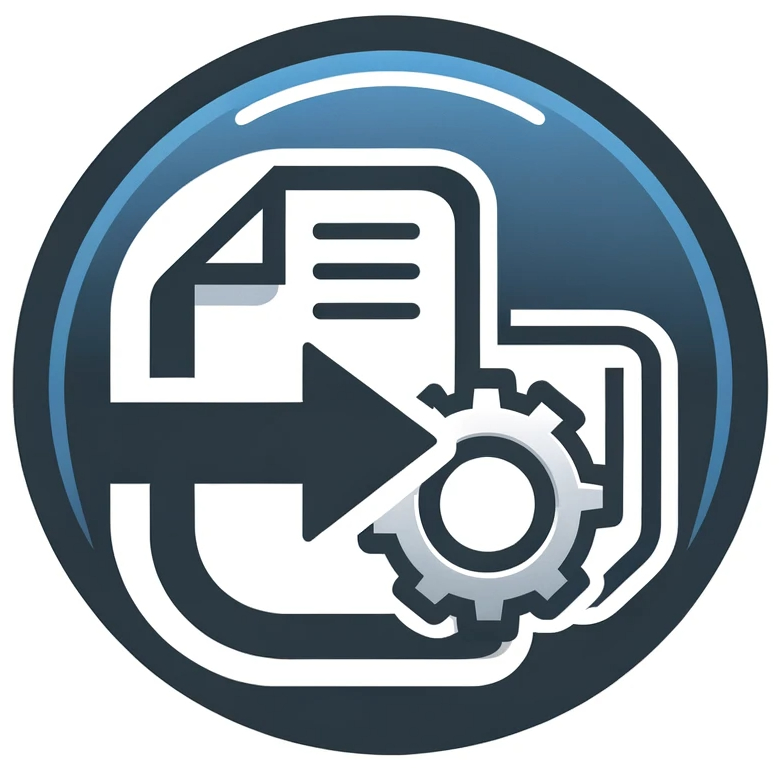The data can be stored in a binary file. It can be nibbilized, 7-bit-ized for MIDI transmission. It can be converted to Hex ASCII. Or it can be translated to a printable text file. This spec addresses the 8-bit stream. It does not address MIDI transmission. File block structure has sequences, tracks, chunks. Bit 0 is the least significant byte bit. Bit 7 is the most significant. Variable length quantities are used.
A .MID or .MIDI file does not carry audio content. Hence, it is smaller in size. The content includes notes played, timing, duration and desired loudness per note. The first MIDI drum machine was the Roland TR-909 in 1983. The first MIDI sequencer was the Roland MSQ-700.
To play a MIDI file, download and install a program. Windows programs that play MIDI files are available. Programs are divided into desktop and mobile. There are 32 programs for Windows desktops. There are 6 for Mac OS and 2 for Linux.
The Standard MIDI File format standardizes saving, transporting and opening sequences. The MMA maintains the standard. The .mid extension is usually used. The compact size led to widespread use. Uses include computer ringtones, webpages and greeting cards.
Patch editors allow programming equipment via computer. Editors and librarians facilitate this. The second way is to associate the MIDI file extension to software in the Windows Registry. Many files contain only simple text data.
Opening a MIDI file requires appropriate software. The software interprets instructions and produces audible sounds. Options cater to different user needs and skill levels. Digital Audio Workstations allow composing, arranging and producing music.
You need suitable software to open a MIDI file. Without it, alerts about not being able to open the file appear. Right-click or long-press the file. Click “Open with” to choose an application. You can also display a MIDI file directly in the browser. Just drag and drop the file onto the browser window.
If someone sends you the MIDI file, ask them to resend if it is incomplete or corrupted. Errors can occur during copying, rendering the file problematic.
A MIDI file is made of instructions for instruments. It is far more compact than recorded music, usually by a factor of 100 or more. There are 3 types of Standard MIDI Format files – types 0, 1 and 2. Type 0 mixes all data together. Type 1 has a track per channel and meta-messages.
The .MIDI extension is a widely used audio format. It is highly compatible with computers and music devices. MIDI allows communication between electronic instruments and computers. MIDI files commonly transfer music data between devices and software.
